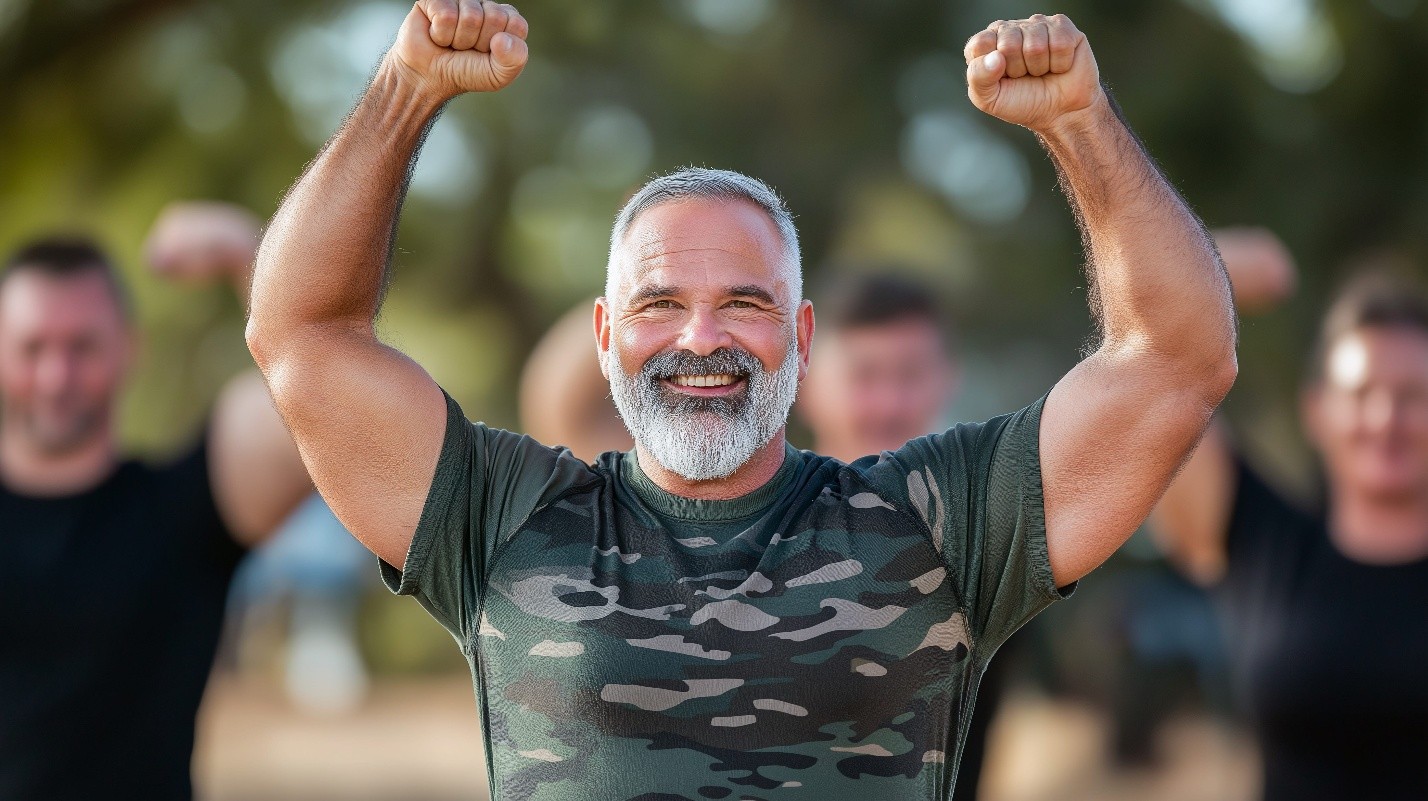
Leaving the military often means stepping away from the intensely structured world of mission-readiness, tactical drills, and high-performance physical expectations. For veterans, fitness has likely been a non-negotiable part of daily life—linked directly to job performance, team cohesion, and even survival. But what happens when the uniform comes off and there are no more fitness tests or early morning formations? How does one recalibrate from service-driven strength to a more personally defined version of health?
John Telesca of NY explains that the answer lies in redefining fitness not as a requirement, but as a resource. A military mindset may be forged in duty, but it can be rechanneled toward lifelong vitality and personal well-being.
In the armed forces, physical fitness is a mission-critical skill. It’s baked into the culture—woven into daily schedules, supported by leadership, and reinforced by camaraderie. Whether it's ruck marches, obstacle courses, or high-intensity interval training, the body becomes a tool honed for endurance, speed, and strength.
That ingrained discipline is a gift—but it’s also tightly linked to external motivators. There’s a chain of command, a looming PT test, and a unit depending on you. Once those are removed, veterans can feel untethered from the structured systems that kept them active. John Telesca of NY explains that the goal becomes less about meeting a standard and more about defining new ones. This is where many service members find themselves in unfamiliar territory.
After discharge, many veterans experience a fitness identity crisis. Without the external structure of the military, it can be difficult to maintain consistent routines. Some may struggle with motivation, while others may overtrain, chasing the ghost of their former performance levels. There is often a need to reconcile one’s former physical self with the reality of aging, injury, or simply a change in lifestyle.
John Telesca of Port Chester explains that this phase also presents a powerful opportunity: to take ownership of fitness on personal terms. Unlike in the service, civilian life offers the freedom to customize goals—to shift from performance to wellness, from toughness to longevity, from orders to intentional living.
The pivot starts with redefining what fitness means. Instead of striving to “max out” on every run or deadlift, veterans can explore what sustainable wellness looks like. John Telesca of NY understands that this might include:
The mission has changed—but the capacity for discipline, drive, and resilience remains. Veterans can harness these traits in support of long-term well-being, rather than short-term performance.
The key to longevity in civilian fitness is meaning. Military service is inherently purpose-driven. When that purpose is removed, workouts can feel aimless. John Telesca of NY explains that’s why it’s crucial to anchor fitness in a new form of personal mission. Some ideas include:
When fitness goals are tied to a new mission—personal, relational, or spiritual—it transforms into something deeply motivating.
Shifting into a personal wellness model doesn’t mean abandoning structure. In fact, the opposite may be true. Veterans often thrive when there’s a schedule, a system, and a plan. John Telesca of Port Chester shares some practical ways to integrate fitness into civilian life:
Veterans carry a unique advantage into civilian fitness: mental toughness, accountability, and a high tolerance for challenge. The shift doesn’t mean losing that identity—it means evolving it. Fitness after service isn’t about letting go of the past; it’s about applying those values in new ways. From discipline comes freedom. From structure comes balance. From service to self comes healing and empowerment.
Staying fit after military life isn’t about keeping pace with who you once were. John Telesca of Port Chester emphasizes that it’s about honoring that version of yourself while building a new, sustainable, and meaningful path forward. With the right mindset and mission, the transition from military fitness to personal wellness can be not only possible—but profoundly rewarding.